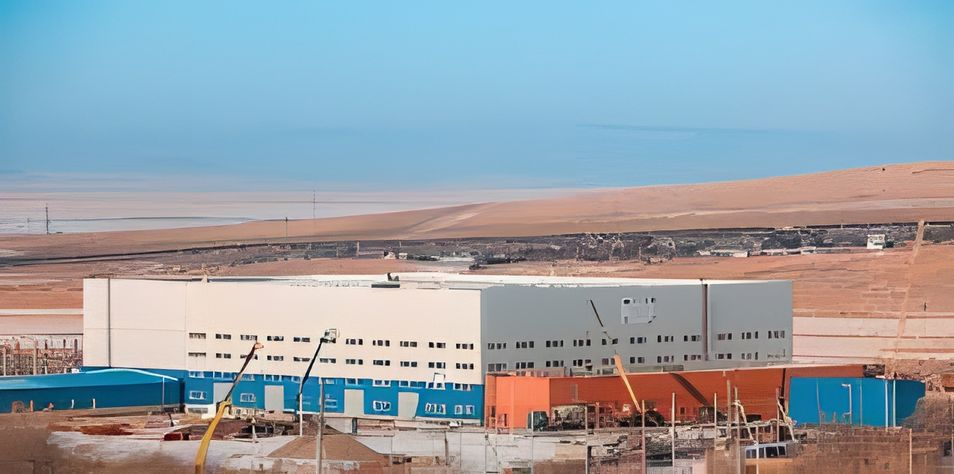ARMZ Uranium Holding to build enterprise for production of antimony regulus in Russia

By Eugene Gerden
ARMZ Uranium Holding Co. (Atomredmetzoloto, JSC), the mining arm of the Russian nuclear monopoly Rosatom together with the Russian LLC Construction Trust-12, will construct an enterprise for the production of antimony regulus and antimony-containing products.
Currently the partners are considering several potential sites for the establishment of such production, particular, the city of Krasnokamensk (Trans-Baikal Territory), where the uranium mining Priargunsky Industrial Mining and Chemical Association (PPMCU) is located, and the city of Zarechny, Ekaterinburg Region in close proximity to Beloyarskay nuclear power plant.
According to Vladimir Verkhovtsev, head of the Rosatom’s Mining Division, the project has a strategic importance for Rosatom and Russia, while its successful implementation will allow Russia almost completely meet domestic needs in antimony.
Vladimir Verkhovtsev commented, “During the Soviet times antimony products were produced in the USSR only at the Kadamjai antimony plant in Kyrgyzstan, while since recently it has become possible to establish the first similar enterprise in the Russian Federation using domestic raw materials. Antimony is a strategic mineral raw material. Russia has the world’s second largest reserves of antimony. As always, the project is aimed at ensuring the country’s raw material independence.”
Today, the Russian market for high-purity antimony and antimony trioxide heavily depends on imports, while more than 60% of it is imported to Russia from abroad.
According to the partners, successful implementation of the project will provide Russia with its own line of antimony products. It is planned that by the end of 2026, the Russian needs for antimony products will be fully met in the amount of at least 2.500 tons of finished products. That will also provide an opportunity to begin exports to foreign markets.
So far, a number of investment projects in this field have already been declared. For example, several years ago the largest Russian gold producer, the Polyus company announced its plans to begin mining the semimetal antimony in the Krasnoyarsk Territory. At that period of time the governor of the Krasnoyarsk Territory Alexander Uss told if the project is implemented, Russia will take second place after India in terms of antimony production.
Russia currently ranks second in the world (after China) in terms of antimony reserves. According to the US Geological Survey in 2023, reserves in China amounted to 640,000 tons, in Russia – 350,000 tons. The antimony reserves in Tajikistan, another major player are 50,000 tons although Tajikistan itself has different data on antimony. According to an earlier publication of the Embassy of Tajikistan in Germany, the volume of reserves is 265,000 tons.
There are no open, current official data on antimony reserves in Russia, although, according to some local market sources, the reserves are approximately 270,000-300,000 tons.
According to the Russian Infomine research group, in recent years about 9,000–12,000 tons of antimony in the form of concentrate have been produced in Russia. It is mainly produced by Novoangarsky mining and processing complex (which develops the Udereyskoye deposit in the Krasnoyarsk Territory), Zvezda (part of the GeoProMining company, which owns rights to the country’s largest Sentachan gold-antimony deposit) and Sarylakh-Surma (also part of GeoProMining “, owns rights to the second largest gold-antimony deposit in Russia – Sarylakh). The production volumes of antimony in concentrate at the Yakut deposits Sarylakh and Sentachan vary several times. Thus, in 2019, about 7,000 tons of antimony were produced, while during the period of 2022-2023 these figures grew up to 20,000 tonnes.
Thus, the Russian antimony raw material base is characterized by heterogeneity of reserves (antimony deposits with associated gold, silver and other metals) and instability of production volumes, which differ significantly from year to year.
